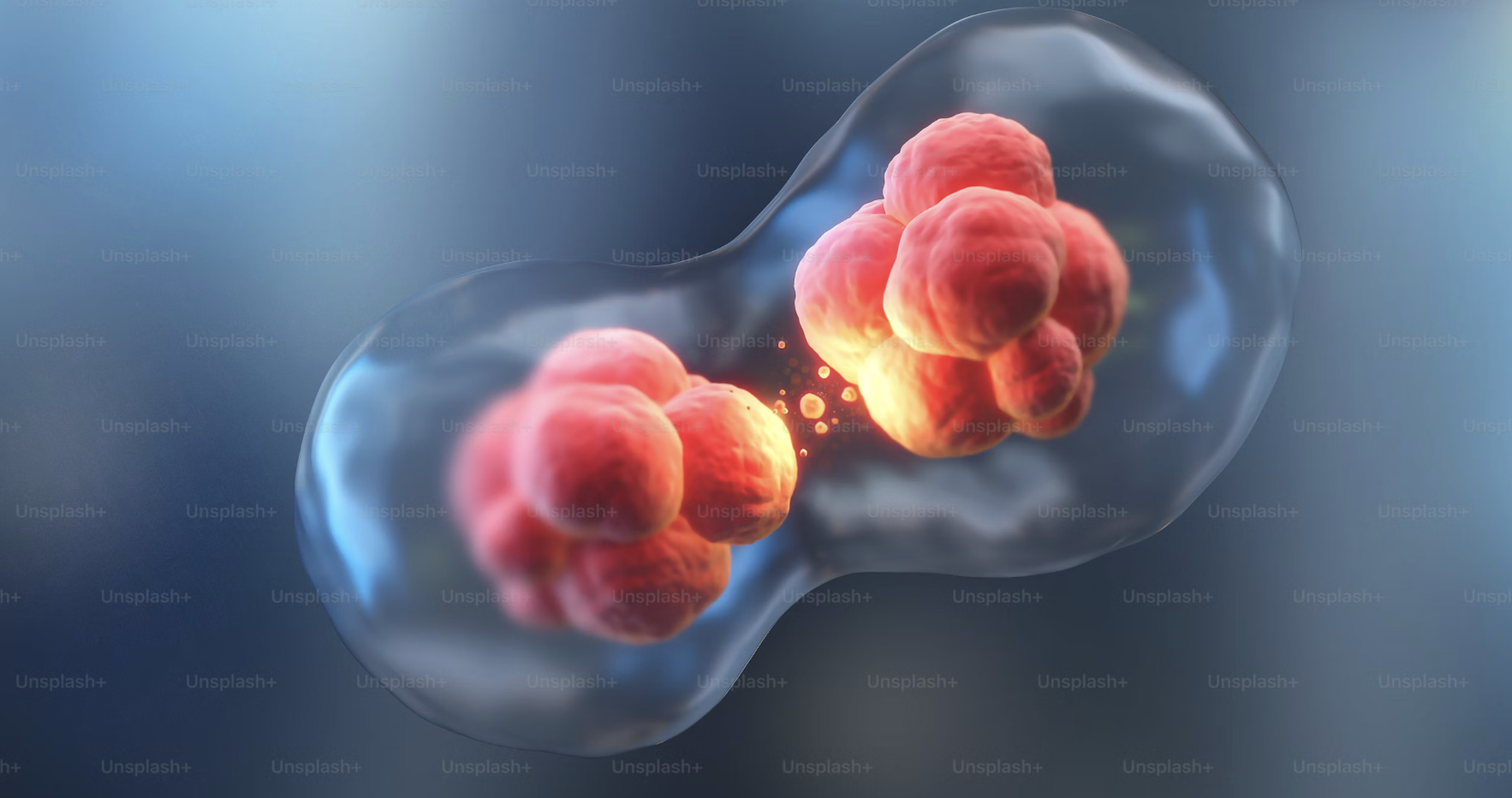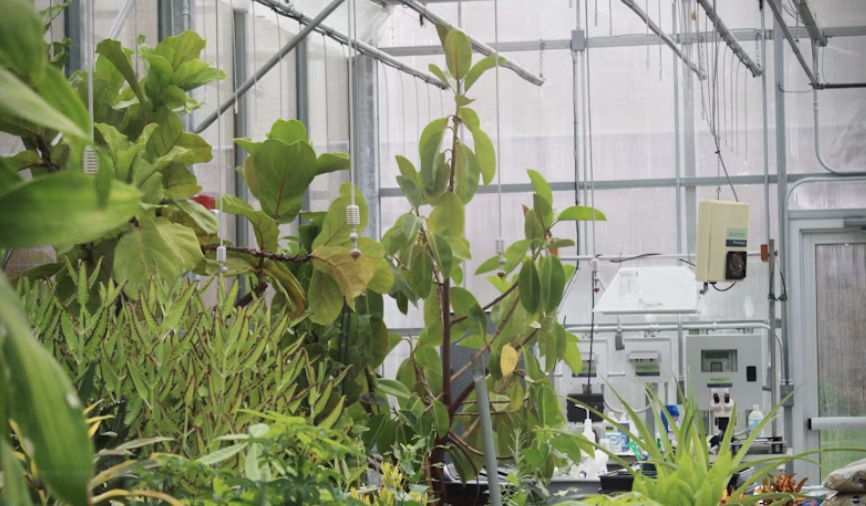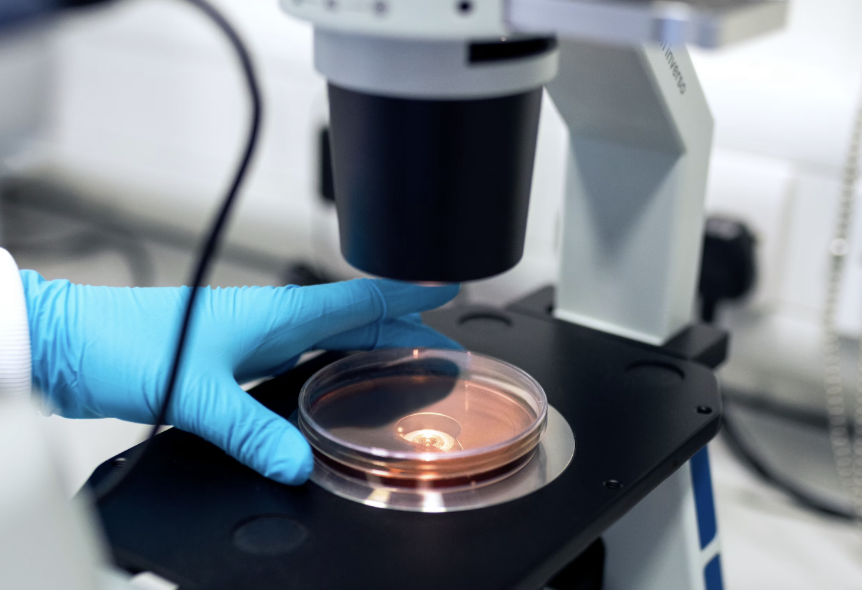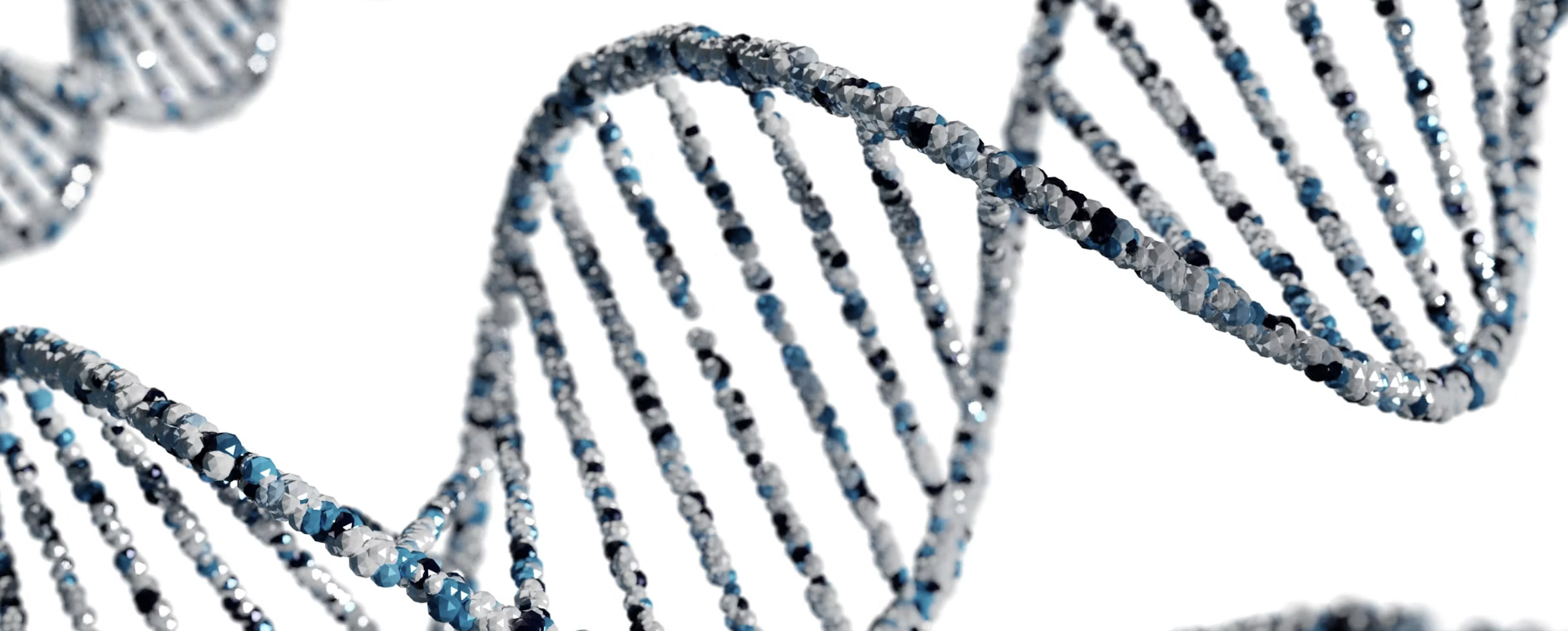Understanding the key differences between the cell wall and cell membrane is essential for grasping cell biology. The cell wall, which is rigid in structure, offers support and is primarily made of polysaccharides. It is generally permeable and found in plants, fungi, and bacteria. Meanwhile, the flexible cell membrane regulates substance movement into and out of all cells; it’s selectively permeable due to its composition of lipids and proteins. While the cell wall provides rigidity during growth, the membrane facilitates expansion by interacting with the environment as a signalling interface. Both structures play crucial yet distinct roles in cellular function.

The structure of the cell wall and the cell membrane showcases essential differences that underlie their distinct functions. The cell wall is typically rigid and robust, providing structural support and protection to the cell. This rigidity is crucial for maintaining the shape of plant cells and is primarily composed of polysaccharides, such as cellulose in plants and chitin in fungi. In contrast, the cell membrane is flexible and dynamic, allowing for greater adaptability in response to environmental changes. It is composed mainly of lipids and proteins, which facilitate various functions, including communication and transport. For example, in animal cells, the flexibility of the membrane enables processes like endocytosis, where the cell engulfs substances. Overall, while the cell wall offers strength and stability, the cell membrane provides fluidity and versatility.

The cell wall and cell membrane serve distinct yet crucial functions in cell biology. The cell wall, found in plants, fungi, and bacteria, provides structural support and rigidity. It acts as a protective layer, maintaining the shape of the cell and preventing it from bursting under osmotic pressure. For instance, in plants, the cellulose-rich cell wall helps them stand upright and withstand environmental stresses like wind and rain.
In contrast, the cell membrane, present in all cells, functions primarily as a barrier that regulates the movement of substances in and out of the cell. It is selectively permeable, meaning it allows certain molecules to pass while blocking others. This regulation is vital for maintaining homeostasis, as it controls the internal environment of the cell. For example, the membrane permits nutrients like glucose to enter while keeping out harmful substances. This dynamic regulation is essential for the cell’s survival and proper functioning.
Provides structural support for the cell
Helps maintain cell shape
Allows for the attachment of plant cells to one another
Regulates the entry and exit of substances in animal cells
Facilitates communication between cells
Involves in cell signalling and responses to environmental changes
Protects against mechanical stress and pathogens

The permeability of cell structures is a crucial aspect of their functionality. The cell wall is generally permeable, meaning it allows a wide range of substances to pass through without discrimination. This characteristic is important for plants, fungi, and bacteria, as it enables them to absorb water, nutrients, and other molecules necessary for survival and growth. For instance, in plants, the cell wall permits the movement of water and dissolved minerals from the soil, facilitating essential biological processes.
In contrast, the cell membrane is selectively permeable. This means it regulates which substances can enter or exit the cell. The selective permeability of the cell membrane is vital for maintaining the cell's internal environment, or homeostasis. For example, it allows essential nutrients like glucose to enter while keeping harmful substances out. This selectivity is largely due to the lipid bilayer's structure, which only allows certain molecules to pass through, often aided by specific proteins that function as gateways. Thus, the differences in permeability between the cell wall and cell membrane reflect their distinct roles in cellular function and overall organism health.

The presence of cell walls and cell membranes varies significantly across different types of organisms. Cell walls are primarily found in plants, fungi, and bacteria, providing structural support and protection. For instance, the robust cell wall in plants is composed of cellulose, giving them their rigidity. In contrast, all cells, including animal cells, possess a cell membrane. This membrane is crucial as it regulates the movement of substances in and out of the cell, ensuring that essential nutrients enter and waste products are expelled. The flexibility of the cell membrane allows it to adapt to changes in the environment, while the absence of a cell wall in animal cells enables them to take on various shapes. Thus, while the cell wall is characteristic of certain organisms, the cell membrane is a universal feature across all cellular life forms.

The composition of the cell wall and cell membrane reflects their distinct functions and structures. The cell wall, primarily found in plants, fungi, and bacteria, is mainly composed of polysaccharides. In plants, for instance, cellulose is the key component, providing structural strength and rigidity. This composition allows the cell wall to withstand external pressures and maintain the shape of the cell. On the other hand, the cell membrane is composed of lipids and proteins. The lipid bilayer forms a flexible barrier, allowing for fluid movement and interaction with the environment. Proteins embedded in the membrane play crucial roles in transport, signalling, and maintaining the cell's integrity. For example, channel proteins facilitate the selective passage of ions and molecules, reflecting the membrane's role in regulating what enters and leaves the cell. Thus, the differences in composition between the cell wall and cell membrane are fundamental to their respective functions.
The role of the cell wall and cell membrane in cell growth is fundamentally different due to their distinct structural properties. The cell wall, found in plants, fungi, and bacteria, provides rigidity and strength, allowing cells to maintain their shape and resist external pressures. This rigidity is crucial during the growth phase, as it supports the developing cell and prevents it from bursting when water enters. For instance, when a plant cell absorbs water, the cell wall ensures that the cell can expand without collapsing.
In contrast, the cell membrane, present in all cells, is flexible and allows for expansion. It regulates the intake and release of substances, which is vital for cellular functions and adaptation to environmental changes. As a cell grows, the membrane can stretch and accommodate this growth, ensuring that metabolic processes continue smoothly. For example, in animal cells, the membrane's flexibility enables them to change shape and interact with other cells, facilitating processes such as tissue growth and repair.
The cell wall and cell membrane have distinct roles in how cells interact with their environment. The cell wall acts primarily as a barrier, providing structural support and protection against external forces. For instance, in plants, the cell wall helps maintain turgor pressure, which is essential for keeping the plant upright and healthy. In contrast, the cell membrane functions as a signalling interface. It is embedded with proteins that facilitate communication between the cell and its surroundings. Through these proteins, the cell membrane can receive signals from hormones or nutrients, allowing the cell to respond appropriately. For example, when a hormone binds to a receptor on the cell membrane, it can trigger a cascade of events inside the cell, leading to changes in behaviour or function. This difference highlights how the cell wall is primarily about defence and structure, while the cell membrane is crucial for interaction and communication.
For students keen on mastering the concepts of cell biology, including the differences between cell walls and cell membranes, The Degree Gap offers expert GCSE and A-Level Biology tutoring. Their tutors are rigorously vetted to ensure high-quality instruction. The flexible pay-as-you-go system allows learners to engage with tutors at their convenience, without the pressure of long-term commitments. Students can also benefit from free consultations and trial sessions to find the perfect tutor match, ensuring that their learning experience is tailored to their needs. This personalised approach can significantly enhance understanding of essential biological concepts, making complex topics like cell structure and function more accessible.

Understanding the differences between the cell wall and cell membrane can be crucial for students studying biology. To aid in this learning process, The Degree Gap offers flexible booking options for tutoring sessions tailored to individual needs. This allows students to choose times that fit their schedules, making it easier to balance academic commitments with other responsibilities. Additionally, trial sessions are available, giving learners the opportunity to find the right tutor before making a long-term commitment. This is especially beneficial for complex topics like cell biology, where having the right support can make a significant difference in comprehension and exam preparation.
The cell wall provides structure and support to a cell, helping it maintain its shape and protect it from external pressures.
The cell membrane controls what goes in and out of the cell, while the cell wall is more about giving the cell its shape and protection.
No, not all cells have a cell wall. For example, animal cells only have a cell membrane, while plant cells have both a cell wall and a cell membrane.
Yes, cell membranes are flexible, allowing the cell to change shape and move, while cell walls are rigid and keep the cell's shape constant.
Cell walls are often made of cellulose in plants, chitin in fungi, and peptidoglycan in bacteria.
TL;DR This blog post highlights the key differences between cell walls and cell membranes, focusing on their structure (rigid vs. flexible), function (support vs. regulation), permeability (generally vs. selectively permeable), presence (found in plants, fungi, bacteria vs. all cells), composition (polysaccharides vs. lipids and proteins), role in cell growth (provides rigidity vs. facilitates expansion), and interaction with the environment (barrier vs. signalling interface). It also introduces The Degree Gap, offering expert biology tutoring with flexible booking options.